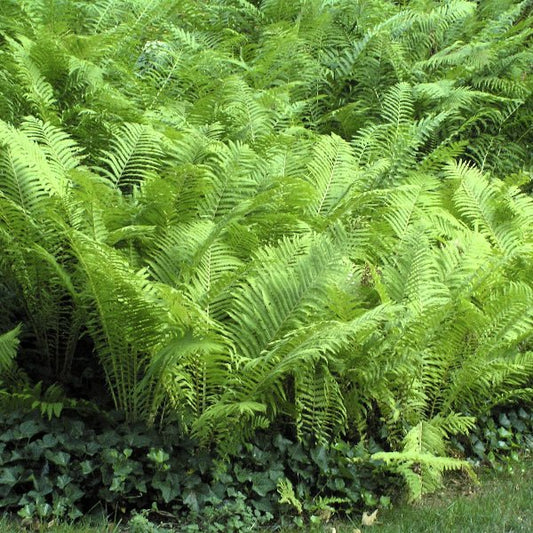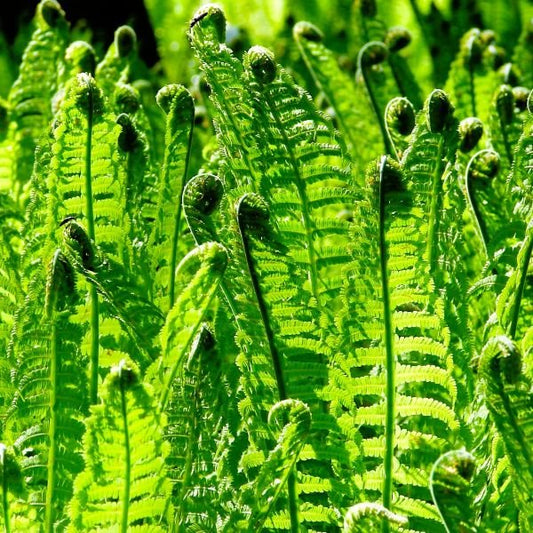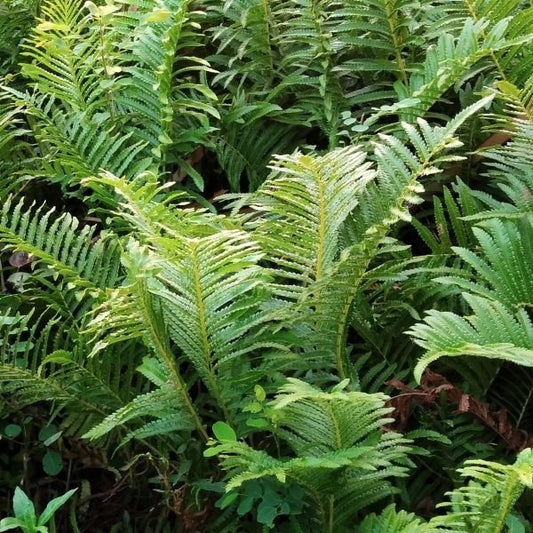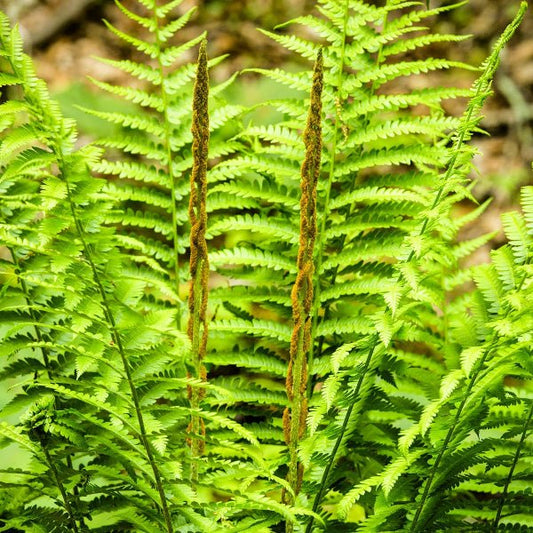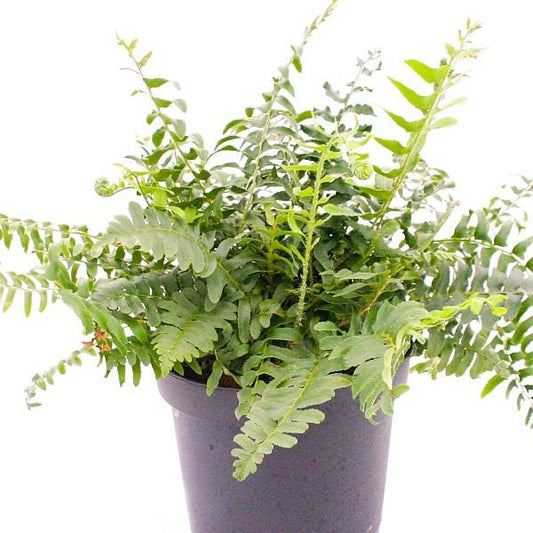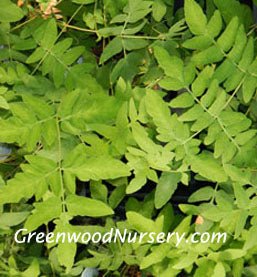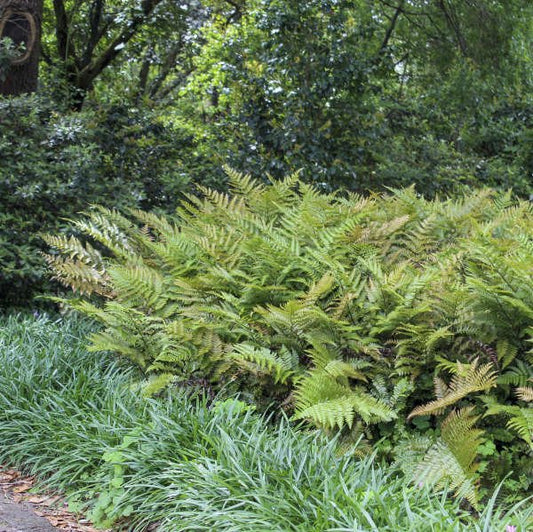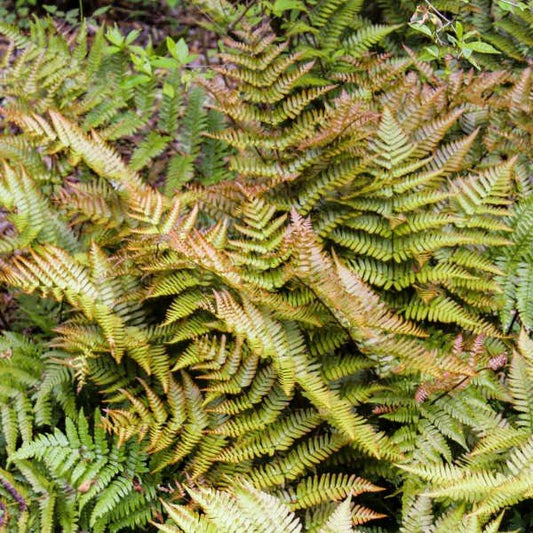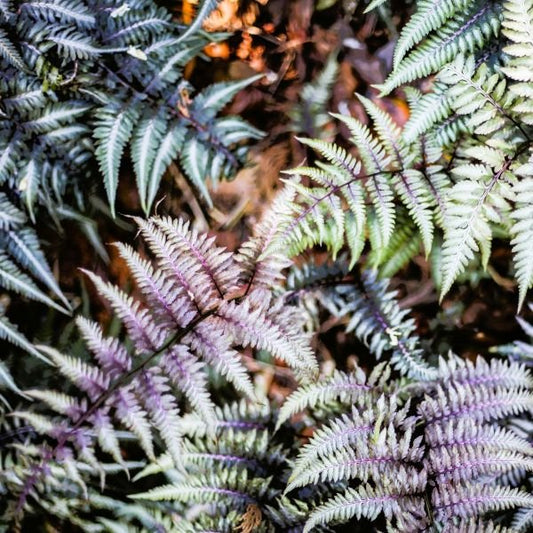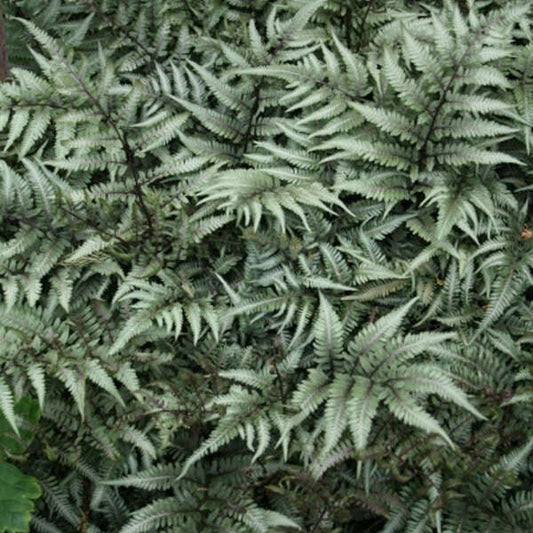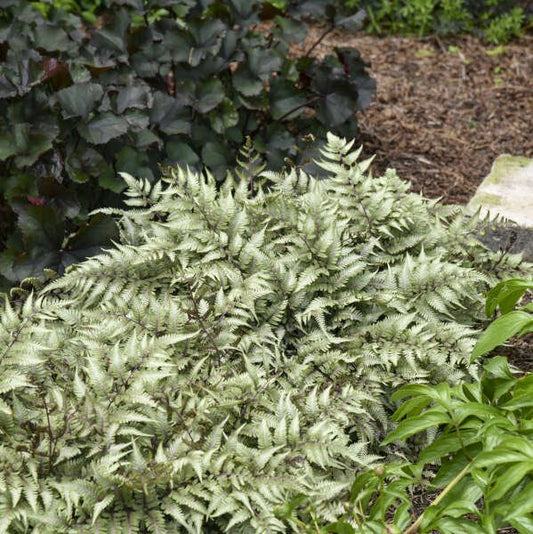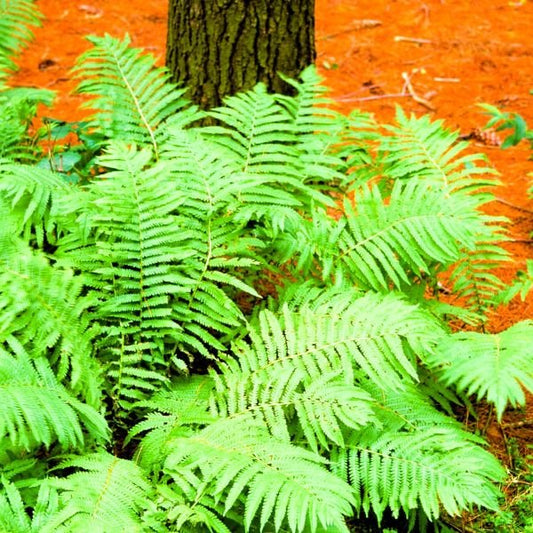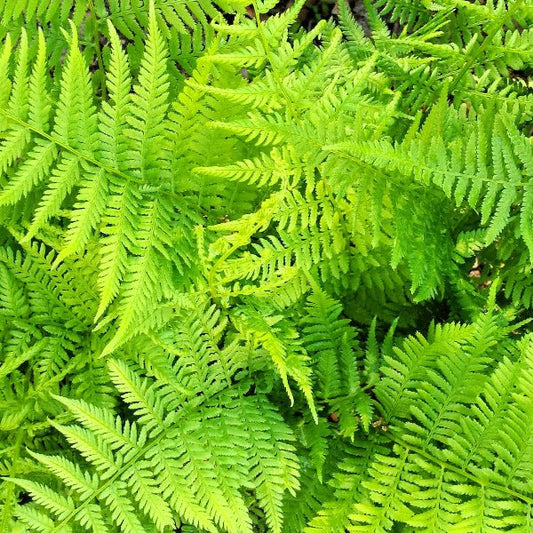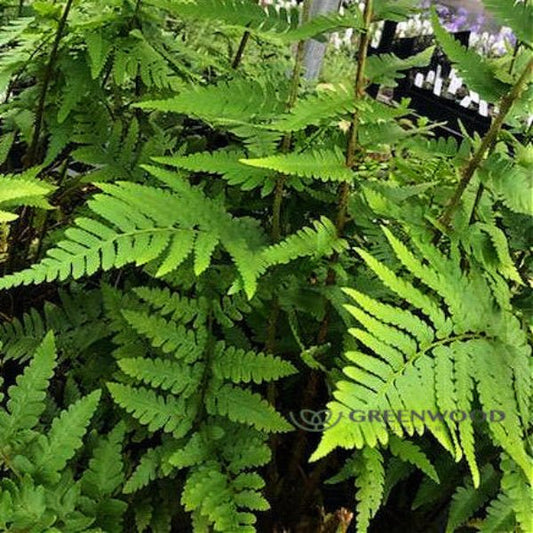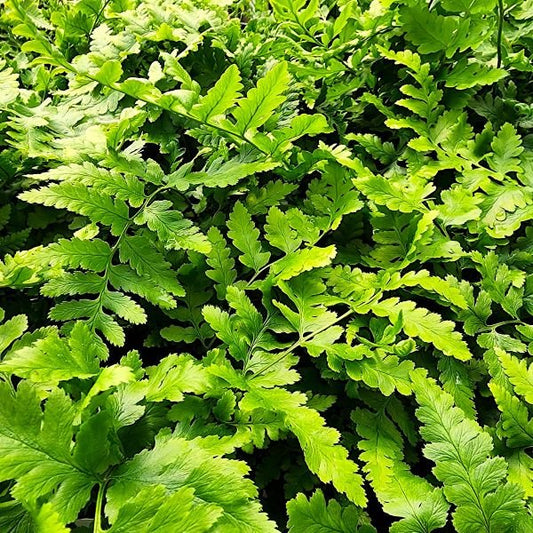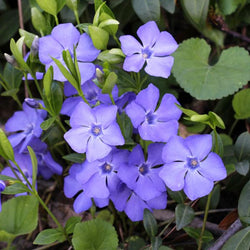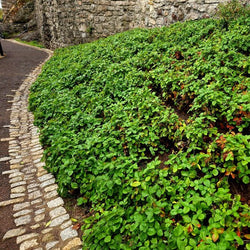Fern Plants for Sale Online. We offer a wide range of bare root ferns and potted ferns, all at affordable prices for your garden plantings. Ferns create a soft, feathery foliage that will add color and texture to your garden. They are also low-maintenance ornamental plants.
Ferns are great shade loving garden plants that come in a wide range of colors, from bright green to gold, orange and pale sage green. Fern plants are the perfect woodland garden plants. Growing ferns as shade plants in shaded areas will provide height, texture, color and motion.
Christmas Ferns and Autumn Brilliance Ferns are evergreen ferns, while Ostrich Fern is the only fern with edible fiddleheads. Maidenhair fern, lady fern and cinnamon fern are a few of the more interesting fern plants. Ferns offered as bare root fern tubers are the Cinnamon, Maidenhair, Christmas, Royal and Lady. For evergreen ferns, choose from the Autumn Radiance, Autumn Brilliance, Tassel, Japanese Holly and Christmas.
Hostas, heucheras, hydrangeas, and tiarellas make excellent companion plants for fern plant gardens. This selection of container and bare root ferns are hardy plants and will grow in most of the continental U.S. Ferns are one of the most low maintenance shade loving plants. Need help on planting bare root ferns - Click here for planting bare root and container grown ferns.

